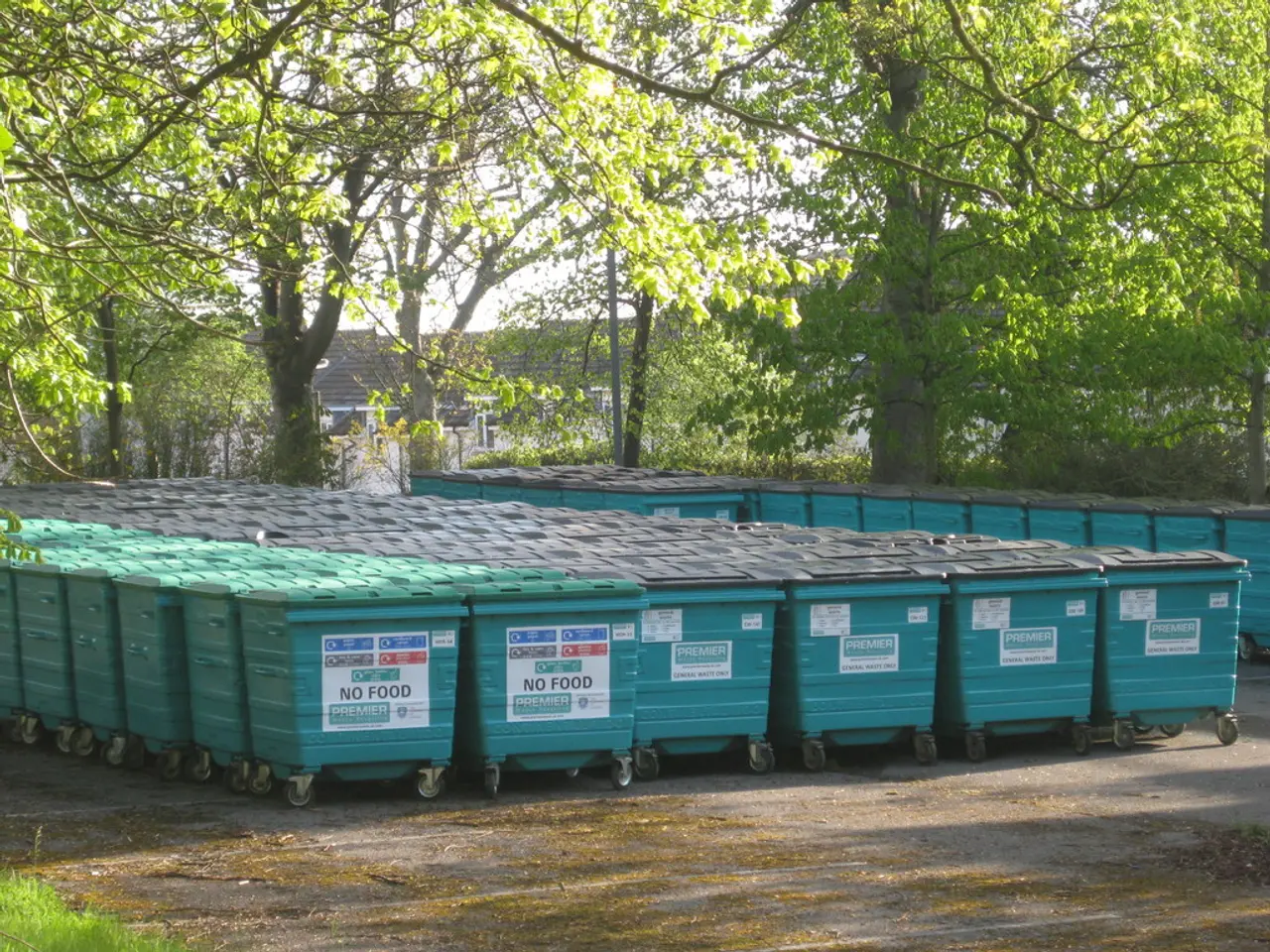Utilizing Google Trash Bin for Organized File Management
In the digital world, data is a valuable asset for businesses, and losing it can be detrimental. Google's Trash Can feature, found across services like Google Drive and Gmail, acts as a safety net, ensuring that accidentally deleted files and emails can be recovered within a specified time frame.
The Google Trash Can, also known as the "Trash" or "Bin," functions as a temporary storage for deleted files. When you delete a file from Google Drive, it moves to the Trash folder, where it remains for up to 30 days. During this period, users can restore the deleted files by opening Google Drive, navigating to the Trash, right-clicking on the file they want to recover, and selecting "Restore."
However, it's essential to act swiftly, as files are automatically deleted after 30 days, or if the Trash is emptied manually, making them unrecoverable. In addition, certain file types like Fusion Tables cannot be restored, and if a user's account is deleted, Drive files can only be restored within 20 days.
For businesses, the temporary storage aspect of the Google Trash Can acts as a safety net, essential in preventing data loss during digital transformation. Efficiently managing the Trash Can contributes to overall tech integration and streamlines business operations.
Small businesses can optimize their use of the Google Trash Can by implementing regular backups using third-party backup solutions for Google Workspace, educating employees on proper data handling practices, and regularly checking the Trash for important files. While Google Vault can be used for archival purposes with retention rules, it's not a backup tool per se.
By understanding these aspects, small businesses can effectively manage data recovery across Google services, minimizing potential losses. Regularly managing the Trash Can helps free up storage space in Google Drive, optimizing the use of the 15 GB limit. Embracing the Google Trash Can can significantly enhance your data management strategy, helping prevent data loss and supporting overall productivity.
In Gmail, emails moved to the Trash can also be retrieved within 30 days. The Google Trash Can supports broader data backup strategies and enhances overall business technology management, ensuring data security. The Google Trash Can is more than just a temporary storage solution; it's a crucial component of an effective data management strategy.
The Google Trash Can, a crucial component of an effective data management strategy (specifically in Google Drive and Gmail), acts as a temporary storage for deleted files, enabling users to restore them within a specified time frame of up to 30 days. This safety net, essential in data-and-cloud-computing technology, significantly enhances small businesses' data recovery across Google services, minimizing potential losses and streamlining their data management strategy.




